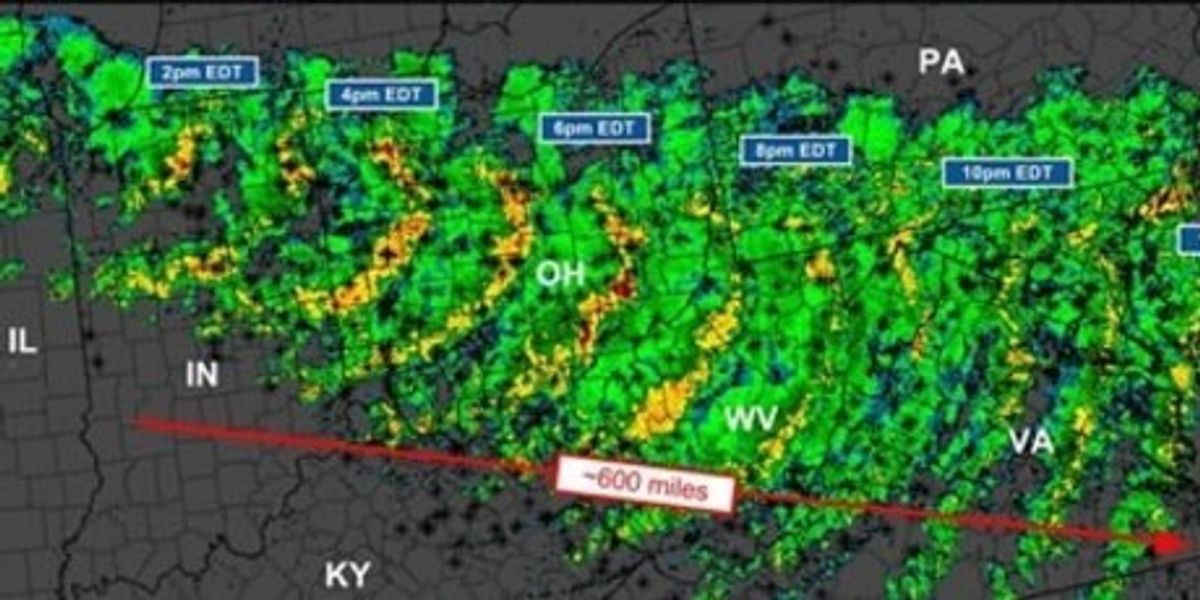A dozen years ago, surveying the situation facing those responsible for restructuring and reorganizing the U.S. electric power system, I noted that their task was complicated by the system's thinly-stretched physical and human resources. "Whether the talk is of generation and transmission capacity, distribution lines or control equipment, service personnel or simulation engineers, it is the same story: too few resources to easily satisfy demands made on systems designed for radically different requirements."
The difficulties Mid-Atlantic utilities have had in the last days restoring service following wide outages over the weekend show that even though there has been much progress making the grid more robust, shortages of trained personnel continue to be an acute problem. In West Virginia, Virginia, and Maryland, some 2 million customers were left without electricity for three days or more—in some places suffering record-high temperatures—as crews worked frantically to restore service. The massive thunderstorm system that hit without warning in the middle of Friday night, a so-called derecho, was itself powered to some extent by temperature extremes, making for yet another vicious circle grid planners have to contend with. In ten hours, with direct wind speeds as high as 125 kilometers per hour, the storm system swept from Chicago to the D.C. area.
"The lack of air conditioning [among those affected by the storm] came as much of the nation continued to swelter under extreme heat and drought," as The Wall Street Journal noted. "Since June 24, 1587 communities have reported record temperatures, including 105 degrees [40.5 degrees Celsius] in Denver, 111 degrees in Dodge City, Kansas, and 109 degrees in Athens, Ga.…" Fourteen people are believed to have died as a result of the storm, some of them of heat exposure, as an estimated 3.6 million were left without power. Longer-term, expectations that the heat wave will wreak havoc on what was expected to be a bumper U.S. corn crop have sent maize futures soaring, the Financial Times reports.
For the record, shortages of technicians and engineers are not the only bad-old problems still getting the attention of policy-makers and managers. J.P. Morgan Chase, already suffering a lot of adverse publicity because of trading losses that could reach $8 billion, has been subpoenaed by the Federal Energy Regulatory Commission in connection with charges it manipulated electricity markets in the Middle West and California. In April, FERC announced it was investigating Barclays and four former traders on suspicion of California power market misconduct.
When it comes to market behavior and corporate management, does industry consolidation help or hurt? Presumably it depends on who is doing the consolidating and who is minding the shop. Market power is one thing if exercised by a dubious character like Enron's Ken Lay, at a time when electricity deregulation was all the rage. It's something else, at least we may hope, when it's exercised by a respected and forward-thinking industry leader. Today, as it happens, Duke Energy completed a merger with Progress Energy, creating a $26.1 billion Midwest-Southeast energy company with 7.1 million customers in six states. Contrary to expectations, Duke's Jim Rogers will serve as CEO rather than executive chairman of the new company.
As such, Rogers will be a figure of no small importance in just the part of the country expected to be most hotly contested (no pun intended) in this year's presidential election. A long-time leader in the industry on carbon regulation—he's in favor of it—Rogers appears to have adopted a cautiously neutral stance in the race. Some people watching his career have wondered whether he may have political ambitions himself.



